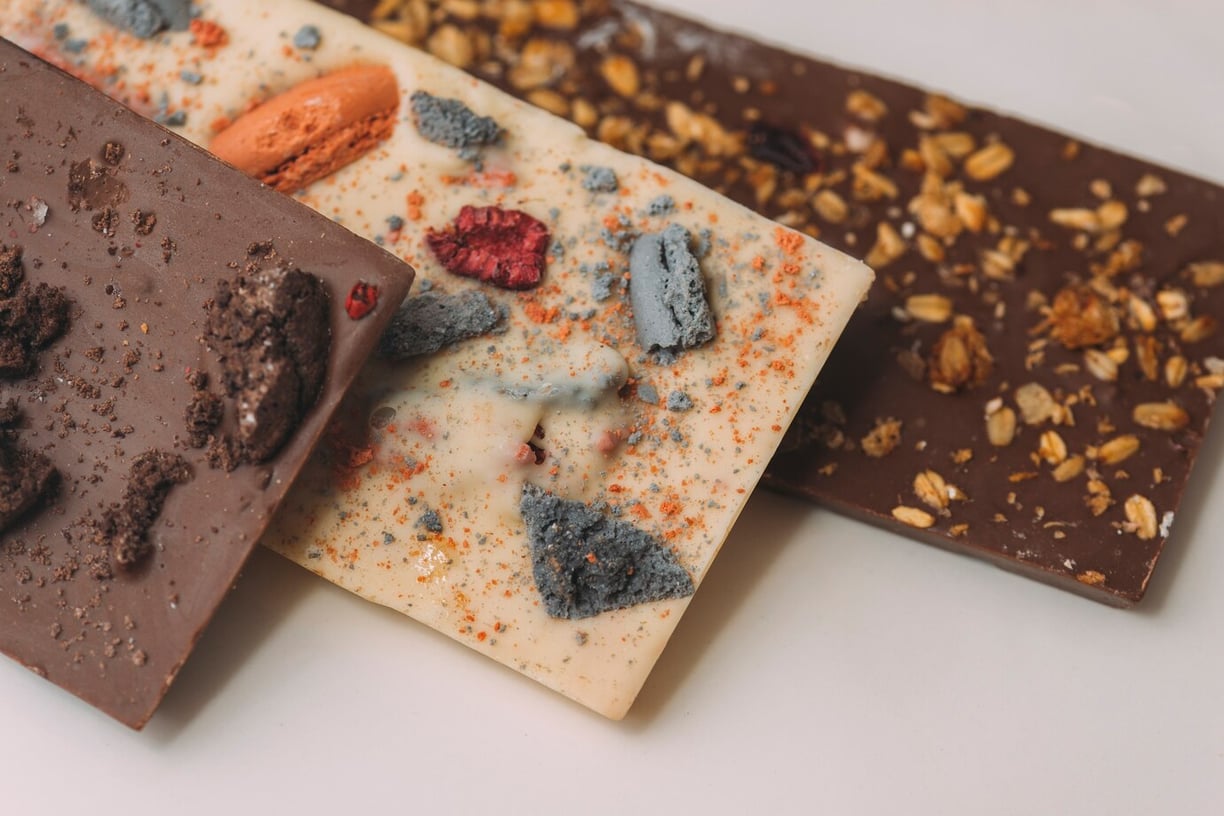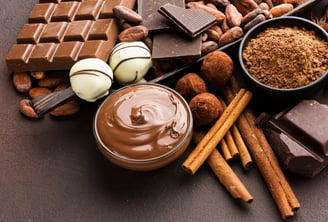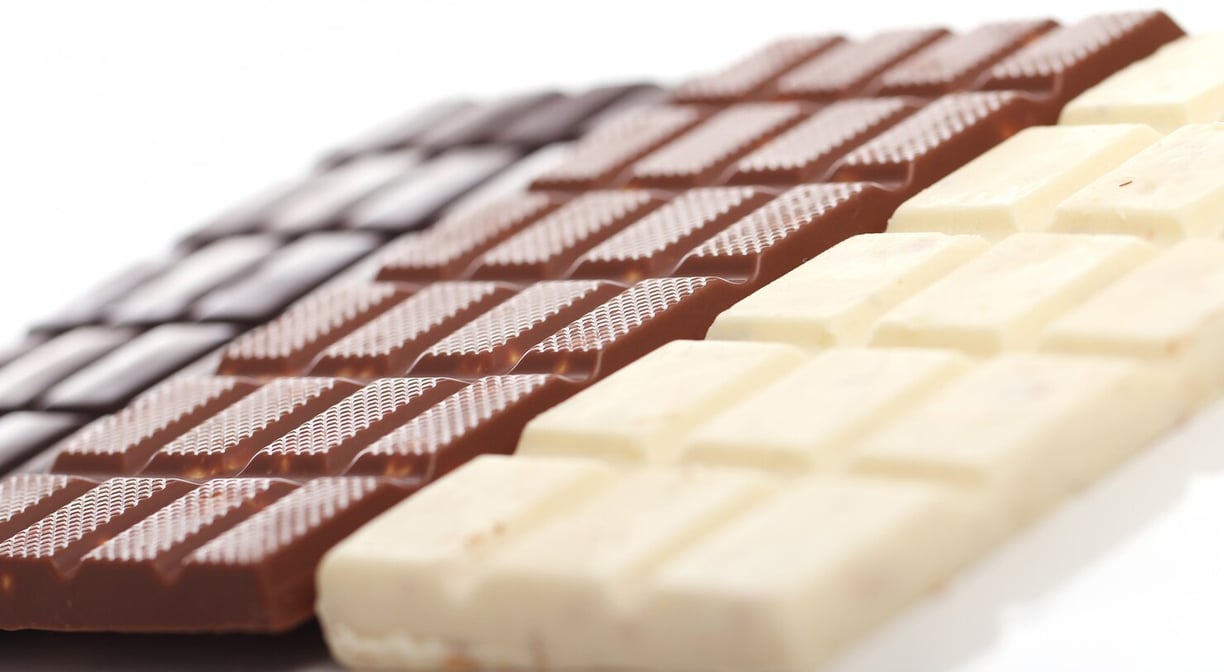Chocolate Part 4 of 6
79. Red M&Ms are among the most popular today, but in the 1970’s, they were replaced with orange pieces for almost ten years. This was the result of a study which stated that red food dye was linked to cancers. 80. Ben & Jerry's made the first cookie dough ice cream. According to Ben & Jerry's website, the ice cream
HEALTHY & FUN FRUITY FACTS


Chocolate Part 4 of 6
79. Red M&Ms are among the most popular today, but in the 1970’s, they were replaced with orange pieces for almost ten years. This was the result of a study which stated that red food dye was linked to cancers.
80. Ben & Jerry's made the first cookie dough ice cream. According to Ben & Jerry's website, the ice cream aficionados created the flavor after an anonymous suggestion was sent into their shop in 1984. They spent six years perfecting the ice cream before finally releasing it, and it became the massive hit it is today.
81. In 2008, Thorntons in London created the world’s largest box of chocolates at 16.5 feet tall and 11.5 feet wide. The box contained over 220,000 chocolates and weighed 4,805 pounds. Previously, the record was held by Marshall Field’s in Chicago with a box containing 90,090 Frango mint chocolates and weighing a whopping 3,326 pounds.
82. In 2013, Belgium issued a limited edition of chocolate flavored stamps.
83. Rudolph Lindt designed the first conching machine, its bed curved like a conch shell.
84. Contrary to popular belief, mice actually prefer chocolate over cheese every time! Mice love sweet smelling food so they would be more tempted by a piece of chocolate than a chunk of cheddar.
85. The History Channel noted that the chocolate industry bloomed into one of the most successful businesses in the world. Each year, the chocolate industry makes over $110 billion in sales around the world.
86. Chocolate has evolved into such a massive industry that between 40 and 50 million people depend on cacao for their livelihood. Over 3.8 million tons of cacao beans are produced per year.
87. Each cacao tree produces approximately 2,500 beans.
88. Because cacao trees are so delicate, farmers lose, on average, 30 percent of their crop each year.
89. There are an estimated 1.5 million cocoa farms in West Africa.
90. Most cocoa–70 percent–hails from West Africa.
91. Cocoa is raised by hand, on small, family-owned farms.


92. Cacao leaves can move 90 degrees, from horizontal to vertical, to get sun and to protect younger leaves.
93. Some cacao trees are more than 200 years old, but most give marketable cocoa beans for only the first 25 years.
94. Nearly all cacao trees grow within 20 degrees of the equator, and 75% grow within 8 degrees of either side of it. Cacao trees grow in three main regions: West Africa, South and Central America, and Southeast Asia/Oceania
95. The average size of a cocoa farm in West Africa is 7 to 10 acres.
96. Cote d’Ivoire is the single largest producer of cocoa, providing roughly 40 percent of the world’s supply.
97. Through some programs supported by industry and partners including foundations and governments, farmers are now earning between 20 percent and 55 percent more from their crops.
98. Most cocoa farms are not owned by the companies that make chocolate.
99. The price of cocoa can fluctuate daily–affecting farmers’ incomes.
100. The average West African cocoa family has eight members.
101. A farmer must wait four to five years for a cacao tree to produce its first beans.
102. In addition to tending cacao trees, family members may harvest bananas or other fruit crops.
103. Worldwide, 40 million to 50 million people depend upon cocoa for their livelihood.
104. An Indonesian cocoa farming community built a giant statue of hands holding a cocoa pod.


